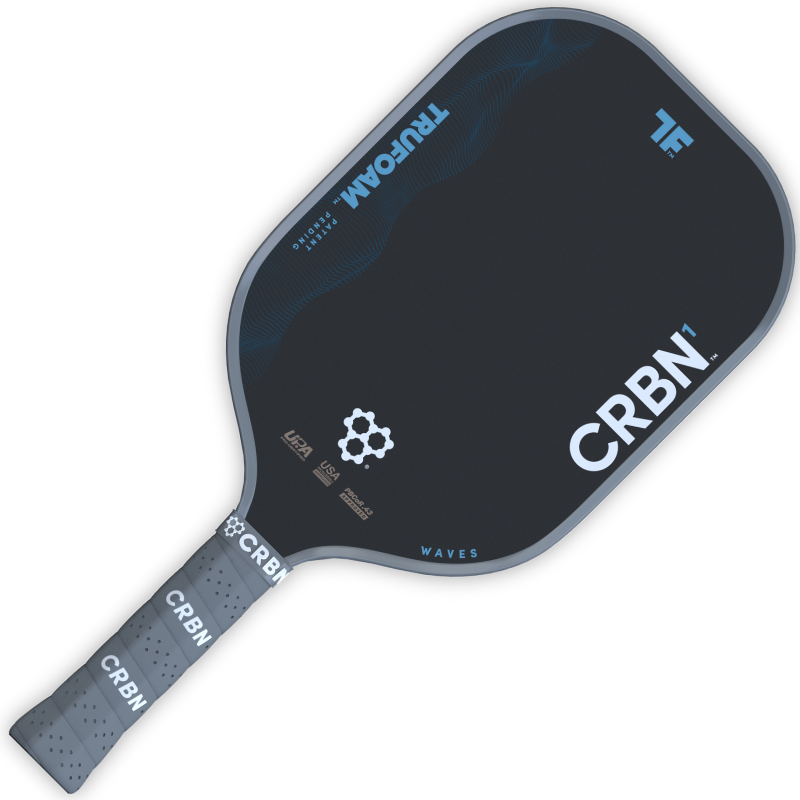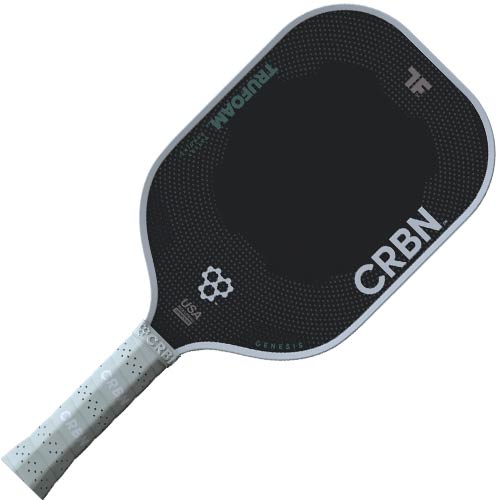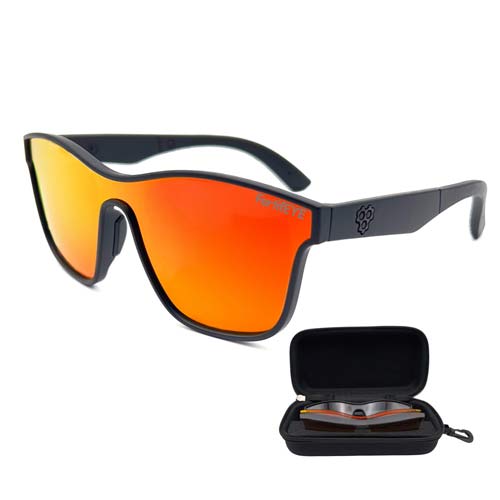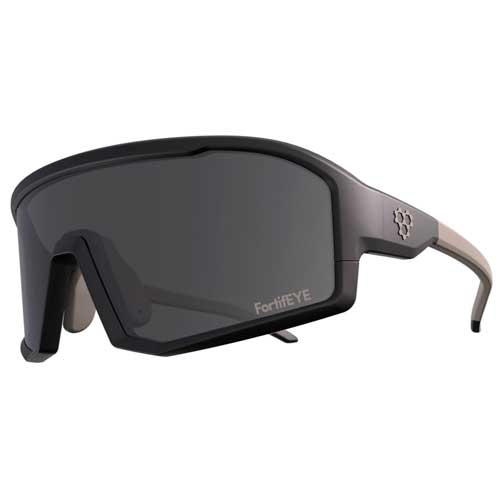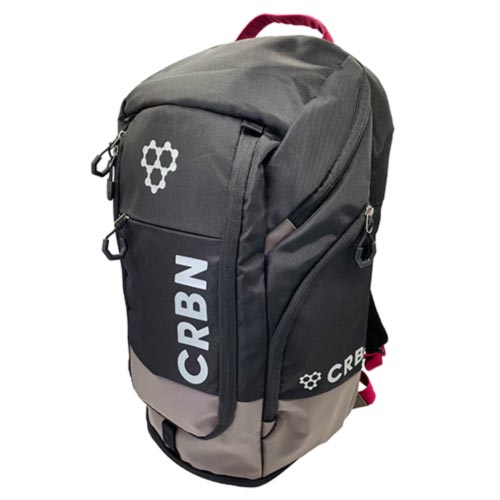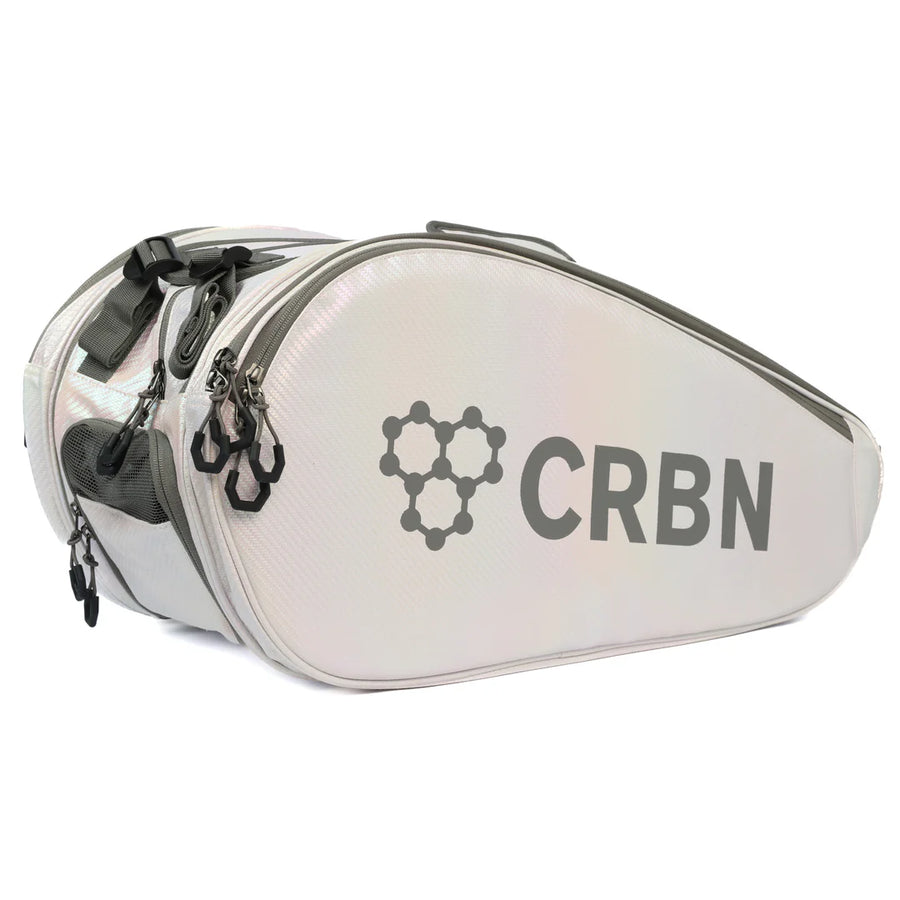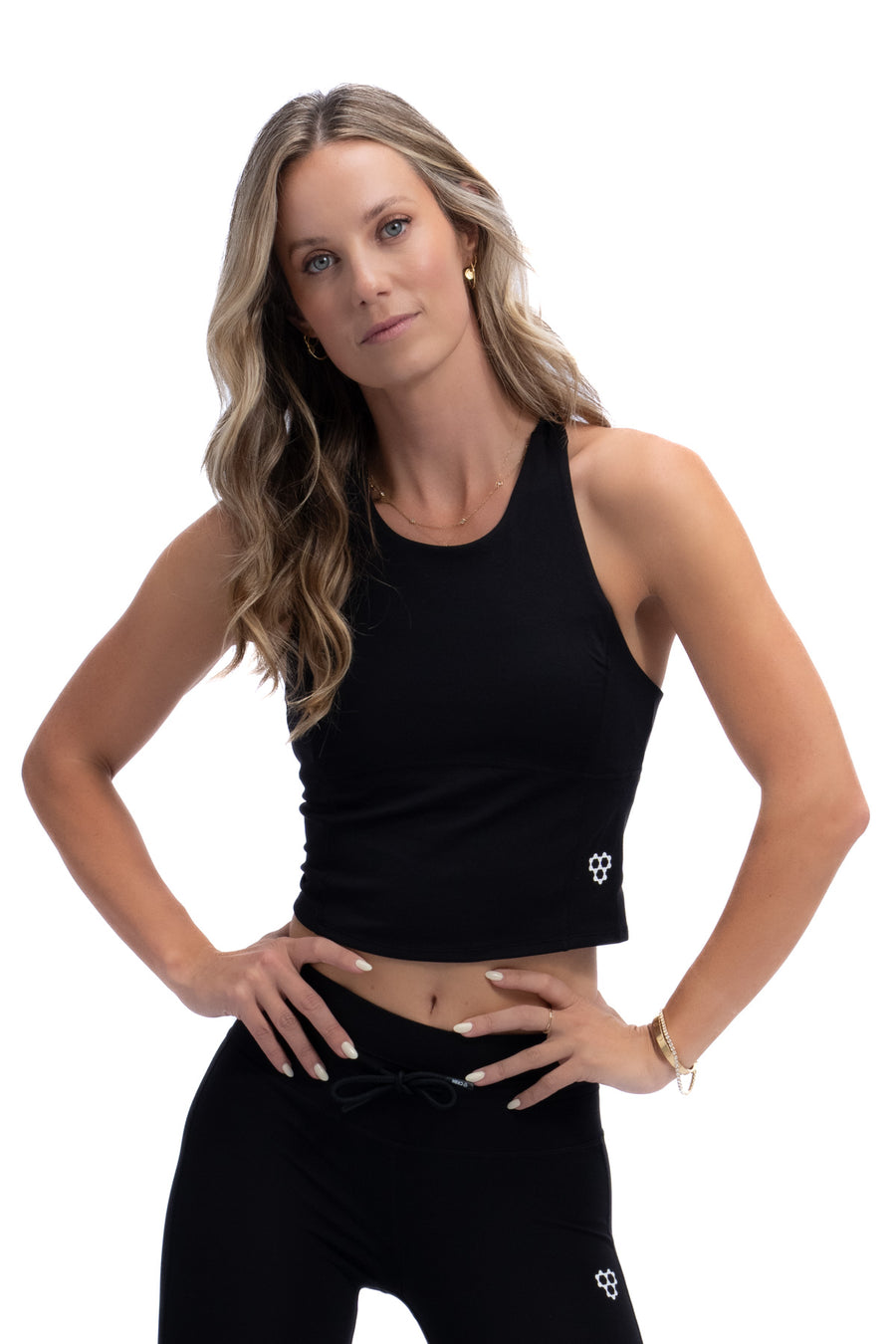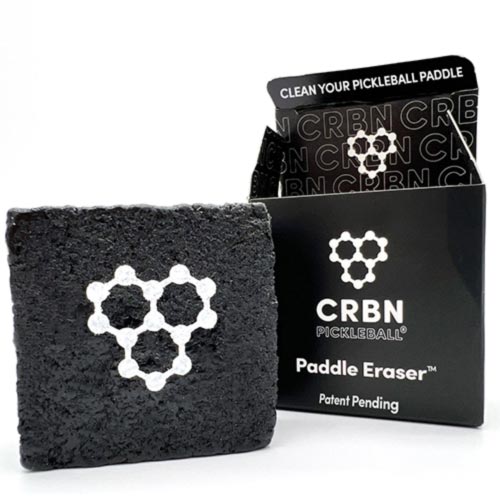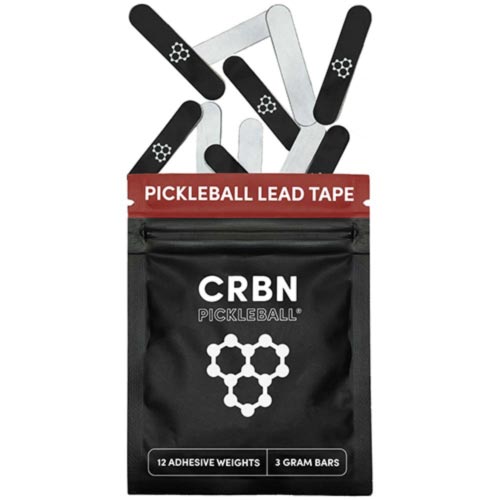Everything You Need to Master the Reset
You already know the basics. You can dink all day, you know when to drop, and you’ve probably been told a thousand times to “slow it down.” But if you’re looking to actually win against high-level players, there’s one shot you need to master: the reset.
In this episode of Pickleball Cheat Code, pro player Tanner Tomassi and coach Brodie Smith go deep on how to reset like a pro—including when to hit it, what not to do, and the weirdly effective “bunt” technique that might change the way you play.
Resetting in Pickleball: What It Is and Why It Matters
A reset is the opposite of flashy. It’s not a putaway or a speed-up. It’s the soft shot you use to neutralize an aggressive attack and turn the momentum in your favor.
You’re usually hitting it in the transition zone while under pressure—too far to drive, not close enough to counter. Brodie explains that instead of swinging hard or panicking, a good reset drops the ball into the kitchen, slows the pace, and puts the point back in your control.
Resetting lets you take a chaotic rally and turn it into something winnable. But only if you hit it right—and at the right time.
When to Reset (And When Not To)
Tanner offers a clear rule: If your partner’s out of position or you’re getting a ball below the knee, reset it.
If the ball is at thigh height or above and your partner’s in good shape, that’s when you go on offense. But if you’re in a hands battle and suddenly get jammed low? Soften it up and reset. The goal is to avoid attacking balls that force you to hit upward—because that’s when you’re most vulnerable.
Pro Insight: Most players swing when they should be resetting. And they reset when they’re already set up to attack.
How to Reset Like a Pro: The “Bunt” Method
Tanner and Brodie both use a technique they call the “bunt”—like in baseball. Instead of slicing or swinging, they let the ball come to them with a soft, controlled paddle angle.
Tanner explains his grip: a stiff bottom hand and loose top hand. This setup allows for soft, line-drive resets that land low in the kitchen without popping up. Brodie adds that he prefers to set a 45-degree paddle angle and use his body—not his arms—to guide the shot.
It’s all about minimal movement. As Brodie puts it, “less effort, less movement is always more.”
What Most Players Get Wrong
Resets go wrong when you:
-
Swing at the ball
-
Try to add spin
-
Aim for razor-thin margins
-
Stand too upright
-
Try to muscle through a bad position
Instead, you want to:
-
Stay low
-
Soften your grip
-
Let the ball come to you
-
Prioritize balance
-
Hit with your body, not your wrist
Pro Insight: A good reset should feel effortless. If you’re trying hard to make it work, you’re doing too much.
Want to Level Up? Drill the Reset Like You Mean It
Resets aren’t glamorous. But they win matches. Whether you’re working on short hops, absorbing pace, or bunting from the midcourt, this shot deserves your attention.
-
Practice resetting under pressure.
-
Film yourself resetting in transition.
-
Learn when to counter and when to reset.
Because the truth is, it’s not about looking cool—it’s about staying in the point. And the best players are the ones who know how to survive and reset until they can strike.
Bonus: CRBN’s New Paddle Is Built for Control
At the end of the episode, Brodie and Tanner talk about the new Trufoam Genesis 4 paddle from CRBN. It’s fast, aerodynamic, and designed for elite-level hand speed.
Brodie notes that it cuts through the air like butter, and both agree it performs especially well in hands battles. Tanner says the curved top makes it easier to get around the ball—making it a strong pick for singles or aggressive resets.
Listen to the full episode of Pickleball Cheat Code on Spotify or Apple Podcasts to master your reset and unlock the next level of your game.
